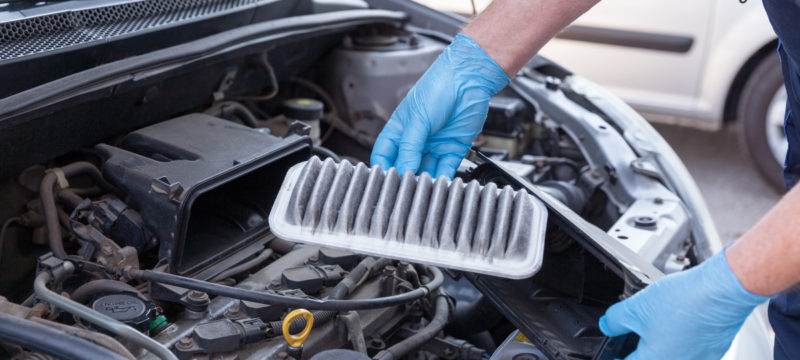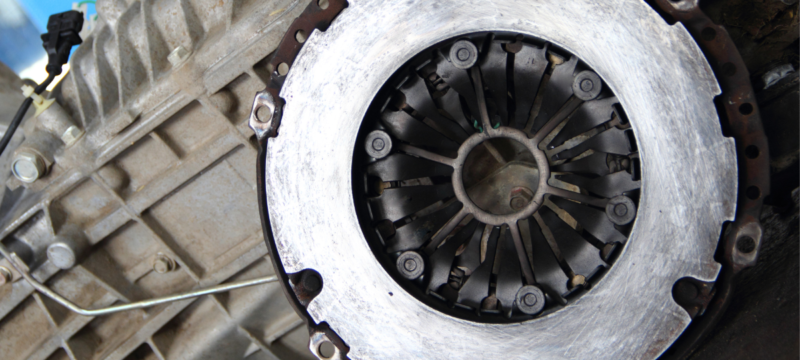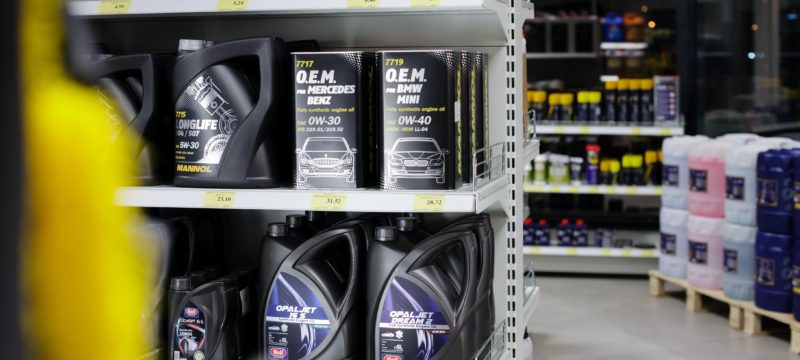When it comes to auto repair, a lot of drivers don’t have the experience or expertise needed to make sure their car is running in the best condition. This often leads them to make mistakes unknowingly that can cost time and money in the long run. From not changing engine oil regularly enough to failing to diagnose an issue properly, do you know if you’re one of these people making repair blunders? This blog post will reveal 10 common automotive repair mistakes made by many motorists – so that with this knowledge, you can learn how to avoid them.
The Science Behind Car Stability: Exploring the Fundamentals
The science behind car stability is a complex and ever-evolving field, but it’s important to understand the fundamentals in order to ensure your vehicle stays safe and reliable on the roads. Car stability involves a variety of factors such as suspension, tires, brakes, steering systems, and aerodynamics. In this article, we will explore how each of these components contributes to overall car stability so that you can drive safely and confidently.
What Are The Symptoms Of A Bad Engine
Few things in life are as disheartening and nerve-wracking as realizing your car might have a bad engine. Not only can its symptoms be difficult to interpret, but the financial implications of addressing an issue with your car’s engine can cause serious worry. Fortunately, there are some telltale signs that you may have a bad engine on your hands. Read on to find out what they are and how you can address them swiftly and confidently.
How To Tell If You Need To Replace Your Steering and Suspension
Your vehicle’s steering and suspension are essential components of your ride, adding to the safety, performance, and comfort you feel as you drive. Unfortunately, though these parts often get overlooked when it comes to regular maintenance and repair. But when they are in need of replacing or servicing, too much time can pass by before we realize that our vehicle has become unsafe to operate due to faulty brakes or worn-out parts – which is why it’s important to recognize the signs that your steering and suspension may need attention. In this blog post, we discuss the warning signs that will help you know when it’s time for a checkup on your car’s steering and suspension system!
5 Reasons Why Car Filters and Fluids Need to Be Changed Regularly
If you own a car, it’s important to keep up with regular maintenance like changing the fluids and filters. These commonly include oil, air, fuel, transmission fluid, coolant, and brake fluid. For example, oil is the lifeblood of any internal combustion engine. Regularly changing the oil ensures maximum engine performance as well as helps reduce wear on engine components. In addition, your air filter prevents dust particles from entering the cabin of your vehicle. A clogged filter can lead to a decrease in acceleration and MPG while also increasing emissions.
How to Choose the Right Clutch for Your Vehicle
If you’re like most people, you probably don’t think much about your vehicle’s clutch. But if you’re looking to replace or upgrade your existing clutch, it’s important to choose the right one for your specific vehicle. In this blog post, we’ll break down everything you need to know about clutches so that you can make an informed decision when it’s time to purchase a new one. Keep reading to learn more!
What To Do When Your Car Overheats
Overheating can be a sporadic problem or it can happen frequently. The most common cause of car overheating is the cooling system not working correctly. The coolant in your car helps to take the heat away from the engine and disperse it evenly throughout the radiator. If there isn’t enough coolant, or if it isn’t circulating properly, your engine can overheat.
How To Inspect Your Oil
It is important to inspect your oil because it can give you an indication of the health of your engine. The oil in your car’s engine lubricates and cools the engine, and over time it can become contaminated with dirt, metal shavings, and other debris. If this contamination gets bad enough, it can cause the engine to wear out prematurely or even fail completely.
Most experts recommend inspecting your oil at least every 3,000 miles or every 3 months, whichever comes first. However, if you do a lot of driving in dusty or dirty conditions, you may need to inspect your oil more frequently. This is because the contamination can cause the engine to wear out prematurely or even fail completely.
When you inspect your oil, you should look for three things: the level of oil in the engine, the condition of the oil, and the presence of any debris in the oil.
First, to check the level of oil in your engine, simply remove the dipstick from the engine and wipe it off with a clean rag. Then reinsert the dipstick into the engine and pull it out again. The oil level should be between the two marks on the dipstick. If it is below the lower mark, you need to add more oil. If it is above the upper mark, you have too much oil in your engine and you should drain some out.
In addition, to check the condition of your oil, you will need to do a visual inspection. The oil should be a light brown or amber color. If it is black and gritty, that means it is too dirty and needs to be changed. If it is milky or cloudy, that means there is water in the oil and the engine is overheating. Either way, you will need to change your oil as soon as possible.
Finally, to check for debris in your oil, you will need to use a magnifying glass. Simply pour a small amount of oil into a clean container and then hold it up to the light. If you see any metal shavings, dirt, or other debris, that means your oil is contaminated and needs to be changed.
If you find that your oil needs to be changed, you can do it yourself or take it to a professional. If you do it yourself, make sure to use the correct type of oil for your car and follow the instructions in your owner’s manual. If you take it to a professional, they will dispose of your old oil properly and fill your engine with fresh oil.
Inspecting your oil is an important part of maintaining your car. By doing it regularly, you can extend the life of your engine and avoid expensive repairs down the road. We hope you found this post helpful. If you have any questions or need help inspecting your oil, please don’t hesitate to contact us today at Pinecrest Shell. Our team of experts is more than happy to assist you with all of your automotive needs.
The Difference Between Conventional, Synthetic, and Synthetic Blend Oil
Conventional, synthetic, and synthetic blend oil are types of additives that are used to create the oil. Conventional oil is made from crude oil that has been distilled and then refined. Synthetic oil is made from chemically engineered base stocks. Synthetic blend oil is a combination of both conventional and synthetic oils.
Don’t Ignore Your Check-Engine Light!
Your car can be a trusty device for your daily commute, but it can also be a hassle. Many people may feel anxious when they see their check engine light come on, and some choose to ignore it for as long as they can.











